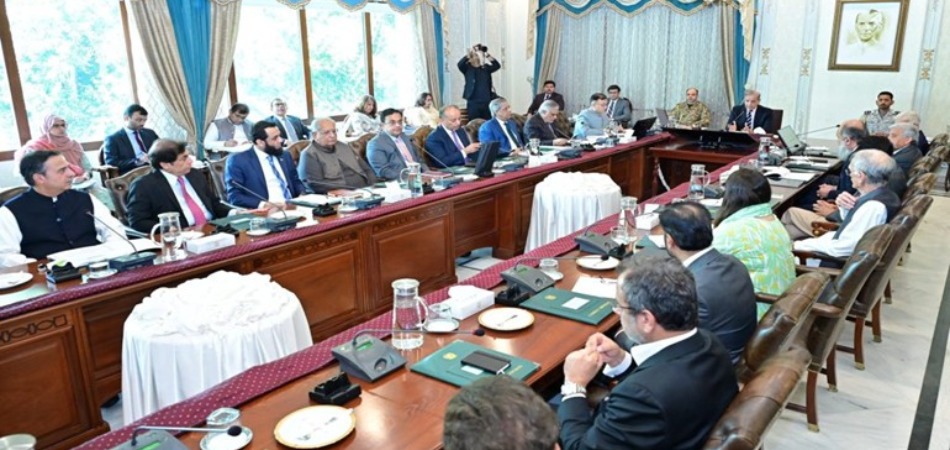ADB Launches First Annual Report Monitoring Progress of PPP Environment in Member Countries

MG News | November 23, 2017 at 11:12 AM GMT+05:00
MANILA, PHILIPPINES (23 November 2017) — Countries in Asia and the Pacific with developed financial markets, strong local financial institutions, and diverse financing resources are more likely to secure public-private partnership (PPP) projects, according to a new Asian Development Bank (ADB) report.
The Public-Private Partnership Monitor tracks the development of the PPP business environment across ADB member countries and provides insights for governments on structuring a sound environment for PPPs. This is the first edition of the report, which surveyed 9 countries in the region: Bangladesh, the People’s Republic of China (PRC), India, Indonesia, Kazakhstan, Papua New Guinea, the Philippines, Thailand, and Viet Nam. It will be expanded to include additional countries in subsequent annual editions.
The report aims to benefit both policymakers and investors by providing in-depth information and data on the business environment for PPPs over time, enabling infrastructure developers to assess opportunities across countries and sectors. Annual updates to the report will flag important reforms that could attract or deter investors, allowing policy makers to monitor progress in the PPP environment.
“PPPs are crucial contributors to the development of countries in the Asia and Pacific region, but an enabling environment is required for these projects to succeed,” said ADB President Takehiko Nakao. “This report will help both policymakers and investors make informed decisions, better manage risk, and ensure a more stable environment for PPPs.”
The report reveals that India, the Philippines, and Thailand have the most developed financial markets, which can provide longer-tenor loans (above 10 years) in local currency to support infrastructure. These markets also have a wide array of financing options including project bond financing.
The report finds that the PRC has the most PPP projects that reach financial close. But there is scope to scale up PPPs in the country by drawing on more private sector companies.
Among the key trends identified in this year’s report is that energy generation is one of the most successful sectors in developing PPP frameworks. Thermal and renewable power generation are the dominant sectors for the majority of the countries surveyed in the PPP Monitor. The water sector is also a major area for PPP investment, with over 40% of PPP projects in the PRC in this sector.
With private sector participation in social infrastructure sectors still relatively new, progress on social sector PPPs, particularly in health and education, has remained slow across the region. India is the most successful and has implemented several PPPs in healthcare, although other countries have also started developing future PPP projects in the social sector.
Challenges remain for further PPP development, including enhanced development of financial facilities, further diversification of the investor base, managing the risk of fluctuating traffic in transport projects, developing a credible pipeline of PPP projects, and expanding toward sectors beyond energy.
“There are many ways countries can overcome challenges to PPP development,” said Alexander N. Jett, PPP Specialist in the Office of Public-Private Partnership. “Among the solutions are greater use of credit enhancements to attract better financing terms, reducing restrictions on foreign ownership in PPP contracts, and introducing annuity payment systems that are based on performance instead of traffic volume to mitigate traffic risk.
“Strengthening the institutional capacity to screen and prioritize projects can also help countries develop a credible pipeline of PPPs, while the development of sector specific regulation for non-energy sectors would address concerns about key bankability issues, such as foreign exchange risk.”
ADB, based in Manila, is dedicated to reducing poverty in Asia and the Pacific through inclusive economic growth, environmentally sustainable growth, and regional integration. Established in 1966, ADB is celebrating 50 years of development partnership in the region. It is owned by 67 members—48 from the region. In 2016, ADB assistance totaled $31.7 billion, including $14 billion in cofinancing.
Related News
| Name | Price/Vol | %Chg/NChg |
|---|---|---|
| KSE100 | 139,390.42 291.21M | 0.71% 978.17 |
| ALLSHR | 86,260.96 576.29M | 0.65% 558.00 |
| KSE30 | 42,618.60 119.41M | 0.86% 363.76 |
| KMI30 | 196,907.86 123.77M | 1.44% 2798.27 |
| KMIALLSHR | 57,276.87 259.26M | 0.99% 563.20 |
| BKTi | 37,820.27 20.77M | -0.03% -11.06 |
| OGTi | 28,214.64 47.07M | 2.82% 774.00 |
| Symbol | Bid/Ask | High/Low |
|---|
| Name | Last | High/Low | Chg/%Chg |
|---|---|---|---|
| BITCOIN FUTURES | 116,350.00 | 117,125.00 114,800.00 | -1085.00 -0.92% |
| BRENT CRUDE | 71.59 | 71.85 71.59 | -0.11 -0.15% |
| RICHARDS BAY COAL MONTHLY | 96.50 | 0.00 0.00 | 2.20 2.33% |
| ROTTERDAM COAL MONTHLY | 104.50 | 104.50 104.50 | -0.30 -0.29% |
| USD RBD PALM OLEIN | 998.50 | 998.50 998.50 | 0.00 0.00% |
| CRUDE OIL - WTI | 69.13 | 69.46 69.13 | -0.13 -0.19% |
| SUGAR #11 WORLD | 16.35 | 16.61 16.28 | -0.10 -0.61% |
Chart of the Day
Latest News
Top 5 things to watch in this week
Pakistan Stock Movers
| Name | Last | Chg/%Chg |
|---|
| Name | Last | Chg/%Chg |
|---|

.jpg)


 Consumer Confidence Survey
Consumer Confidence Survey